
Toblerone can afford to abandon the Matterhorn
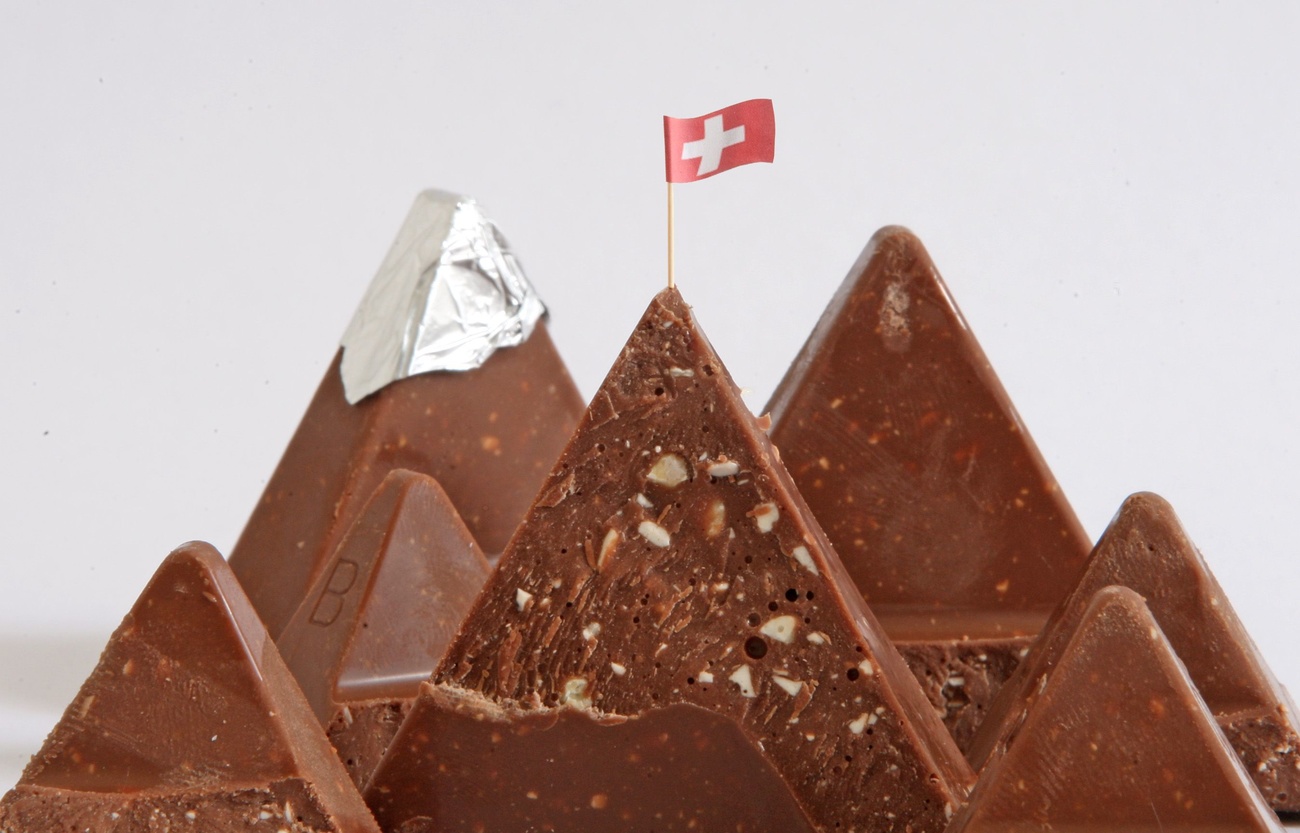
You can tell how much someone loved something by how upset they are to lose it. When Mondelez announced this week that it was replacing the Matterhorn symbol on its Toblerone chocolate bars with “a modernised and streamlined mountain logo”, it did not sound that bothered.
The US confectionery and snacks group has to change the packaging of its triangular bars because it is moving some of its production from Bern to Bratislava in Slovakia. It can no longer use “Made in Switzerland” or national symbols. The “Swissness” rules dictate that Swiss chocolate must be made there, entirely from the milk of Swiss cows.

While Toblerone has fought with rivals to stop others producing triangular bars, it ceded its Swissness without a struggle. It prefers to expand in Bratislava to meet what it calls “an increasing demand for personalised and diverse products” globally than to remain entirely in Bern, where Jean Tobler built his chocolate factory in 1899.
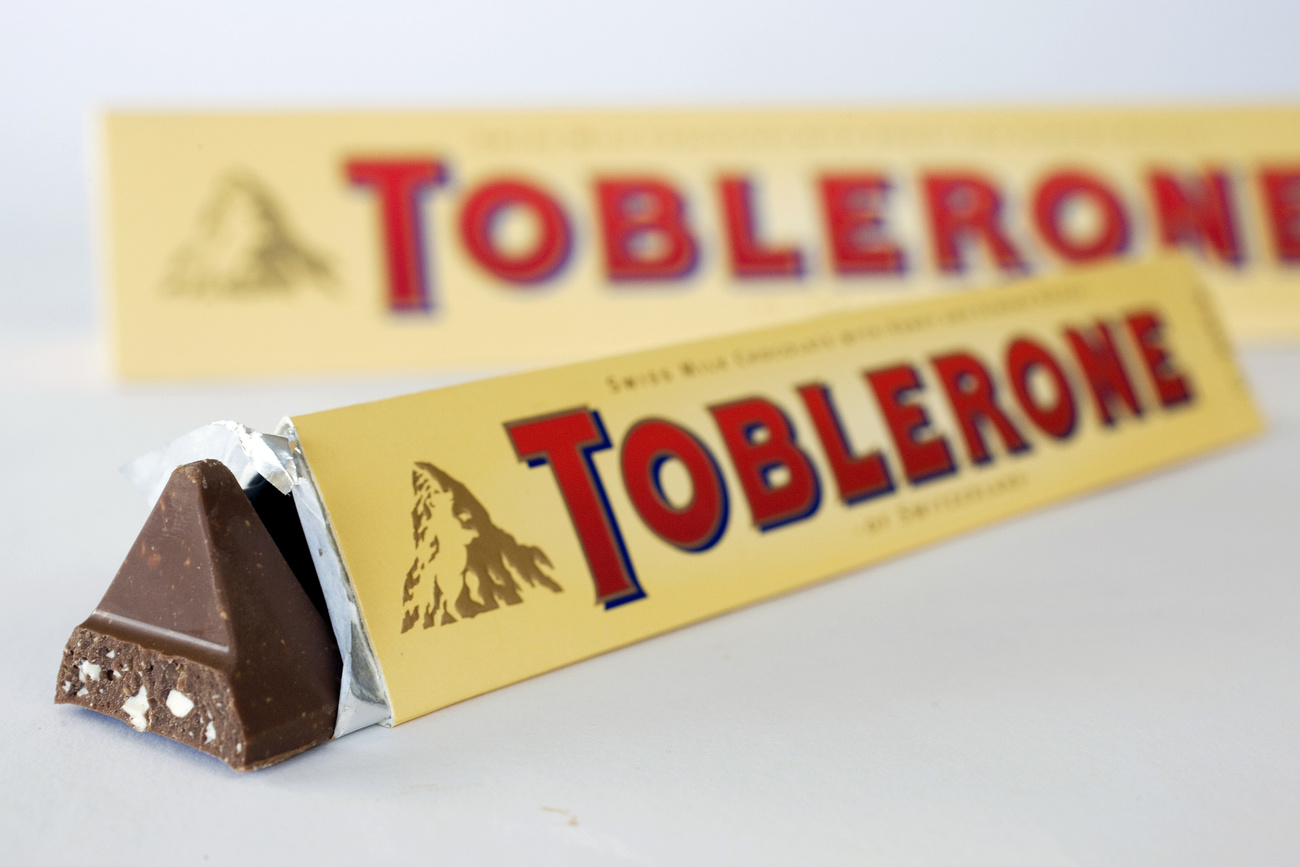
More
Matterhorn to disappear from Toblerone chocolate bars
This feels rational: although I like Toblerone, I never noticed that it was Swiss or studied the Matterhorn, let alone the Bernese bear hidden in the image. Like Cadbury and Snickers, it long ago transcended its roots to become a global product. There is no danger of confusing milk chocolate Toblerone’s 28% cocoa solids with a luxury Swiss bar.
Clinging to a local identity and doing everything possible to preserve and monopolise it is a European thing: France’s champagne producers and Iberia’s ham makers guard their terroir fiercely. The US tends to be more free and easy: the first time I tasted (or more accurately failed to taste) “Swiss cheese” in Philadelphia, I knew I was not in Emmental anymore.
The gruyère cheesemakers of France and Switzerland found this to their cost last week when a US appeals court rejected their claim for a certification mark. It noted that the cheese “originated in the district of La Gruyère in the canton of Fribourg” but ruled that US makers could keep making their own “gruyere”.
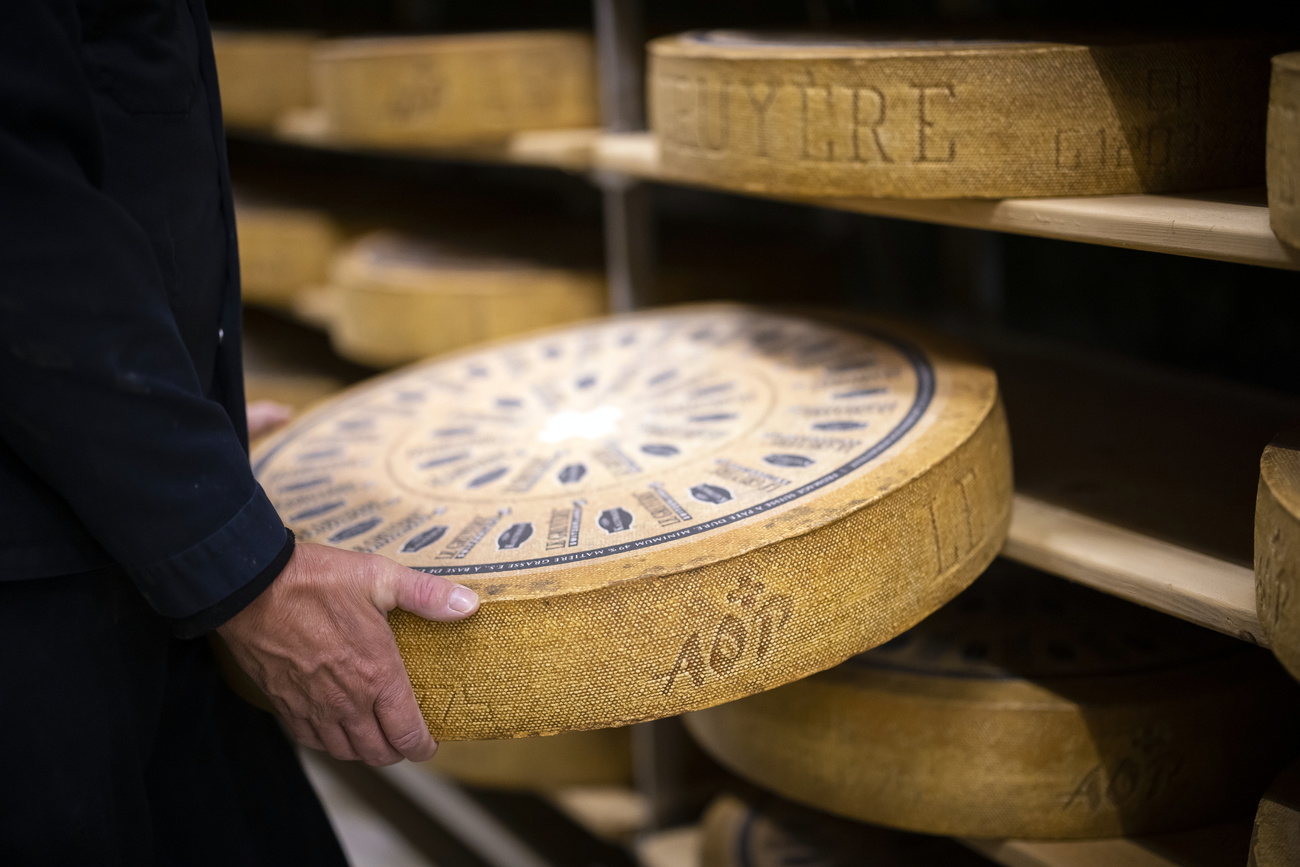
More
US court rules gruyère cheese isn’t just Swiss
That is the opposite of a 2008 judgment by the European Court of Justice in favour of the Italian makers of parmigiano reggiano cheese. The court ruled that their EU “protected designation of origin” status also gave them rights over the term “Parmesan”. German cheesemakers were breaching European law by using the label on their own.
Does geography matter?
Legal principle is often adulterated with protectionism when it comes to food. The US court’s judgment was rather parochial: Americans have come to know gruyere as a kind of mild cheese that has been aged for at least 90 days and has small holes in it, even if it bears little resemblance to Swiss gruyère: the name is therefore generic.
But it fitted with federal law, which codifies 75 kinds of cheese, including “gruyere cheese”, “parmesan and reggiano cheese” and “Swiss cheese” without mentioning their territorial origins. European traditions have been absorbed into America along with the European immigrants who brought them, and their origin countries’ claims discarded. Hard cheese.
This raises the question of how much geography matters. Towns, regions and countries like to retain their local identities in manufacturing and marketing, and the US has a “Made in the US” labelling law that is just as strict as Switzerland’s version. But does a cheese taste better simply because it comes from Reggio Emilia or Fribourg?
One answer is that size counts: the smaller and more cohesive the culture, the more likely that products will consistently be made in a certain way, with higher standards and ingredients. As Toblerone shows, “Made in Switzerland” does not guarantee luxury, but its Alpine pastures have a quality that makes chocolate delicious.
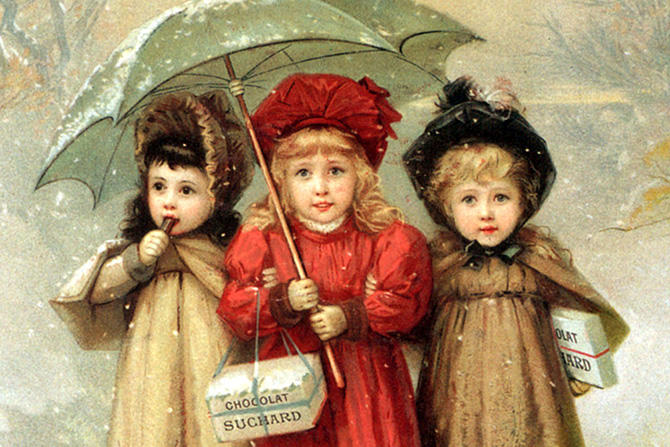
More
The pioneers of Switzerland’s ‘Chocolate Revolution’
Something similar applies to the US state of Wisconsin, which has 1,200 cheese makers and more than one million cows. “Made in the US” signals no more to me than “Made in the UK” in terms of quality, but the “Proudly Wisconsin Cheese” trademark indicates artisanal knowledge. As its trade body boasts, “we do more with cheddar than England ever dreamt of”.
Extraterritorial monopolies
That is impertinent, but I get the point. Even if French champagne and Swiss gruyère are wonderful, that does not mean their makers should be able to exclude outside competitors. I want the choice between buying parmigiano reggiano or generic parmesan that is inferior but cheaper. As long as both are labelled, consumers can decide.
Countries will always try to police their borders and take economic advantage of their reputations if they can. Switzerland says that the “Made in Switzerland” marque adds up to 50% to the price of luxury goods. But granting extraterritorial monopolies over food and drink is a bit rich: let Americans buy gruyere or “Le Gruyère Switzerland” as they wish.
Toblerone has chosen: a generic mountain on a triangular bar is good enough for its purposes. Others will remain within geographic zones and gain from their halo effects. But what matters is how good a food tastes, not how exclusive its label is.
Copyright The Financial Times Limited 2023
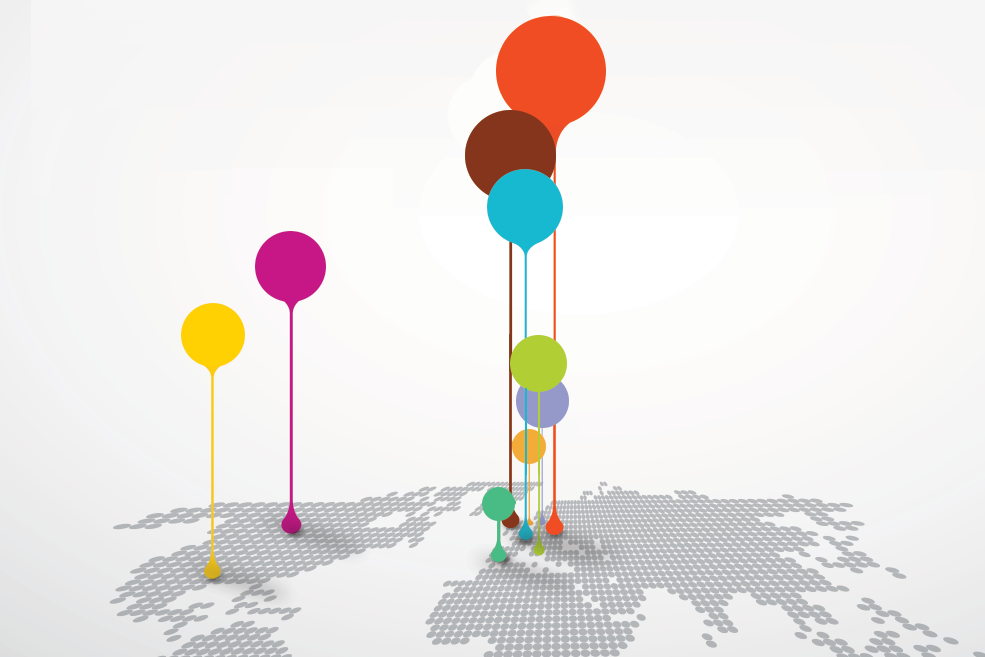
More
Where is Swiss chocolate most popular?

In compliance with the JTI standards
More: SWI swissinfo.ch certified by the Journalism Trust Initiative




























You can find an overview of ongoing debates with our journalists here . Please join us!
If you want to start a conversation about a topic raised in this article or want to report factual errors, email us at english@swissinfo.ch.